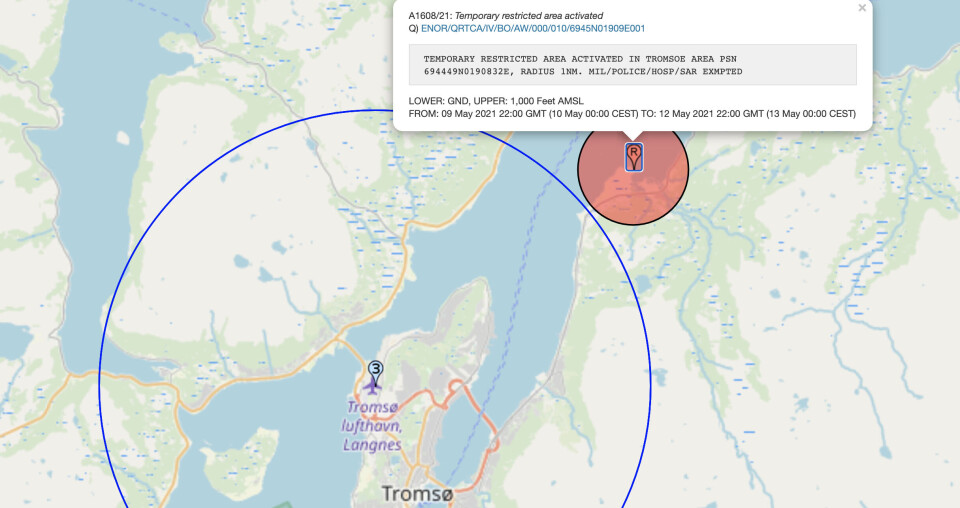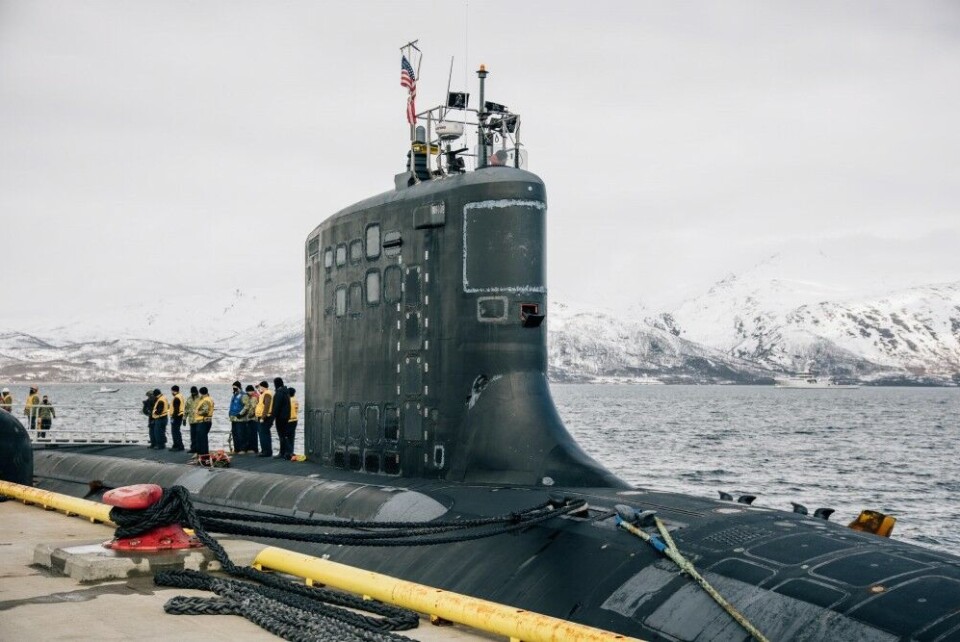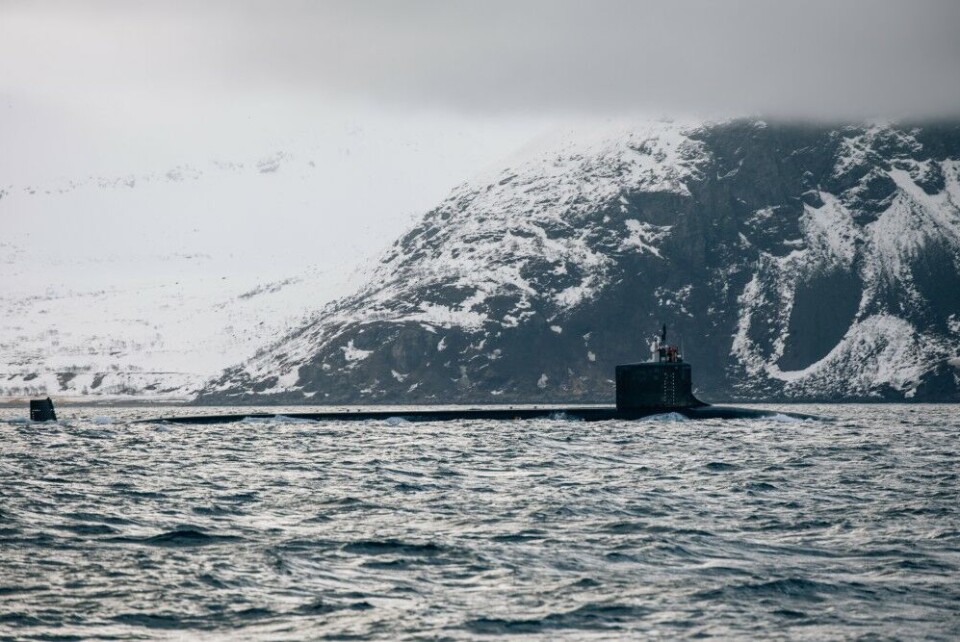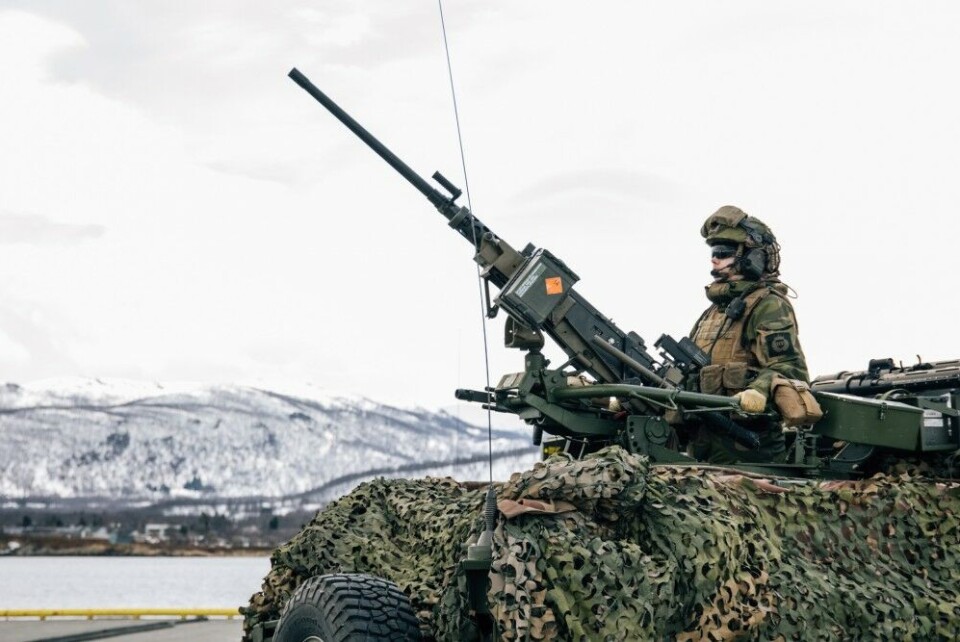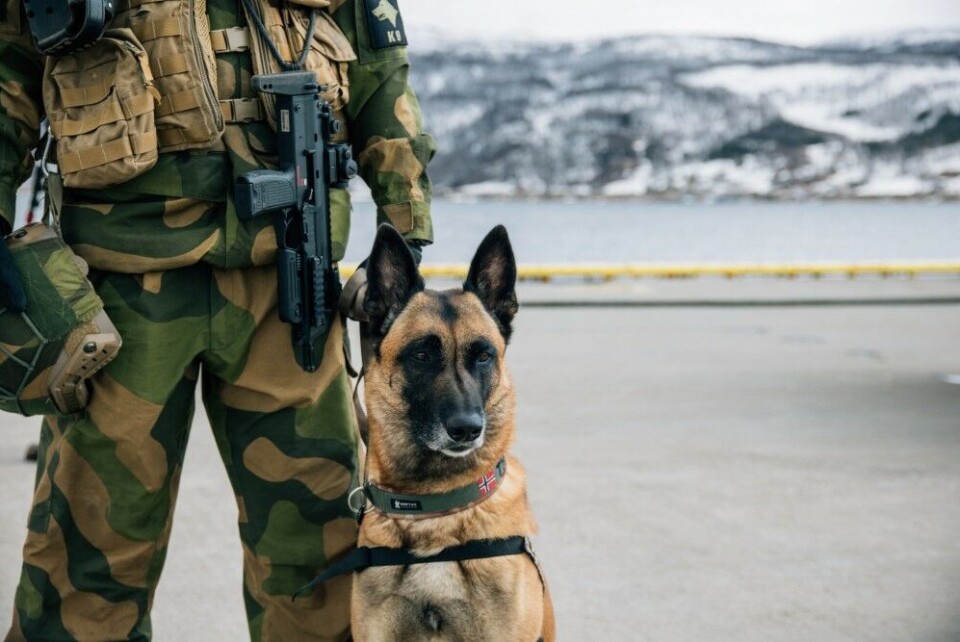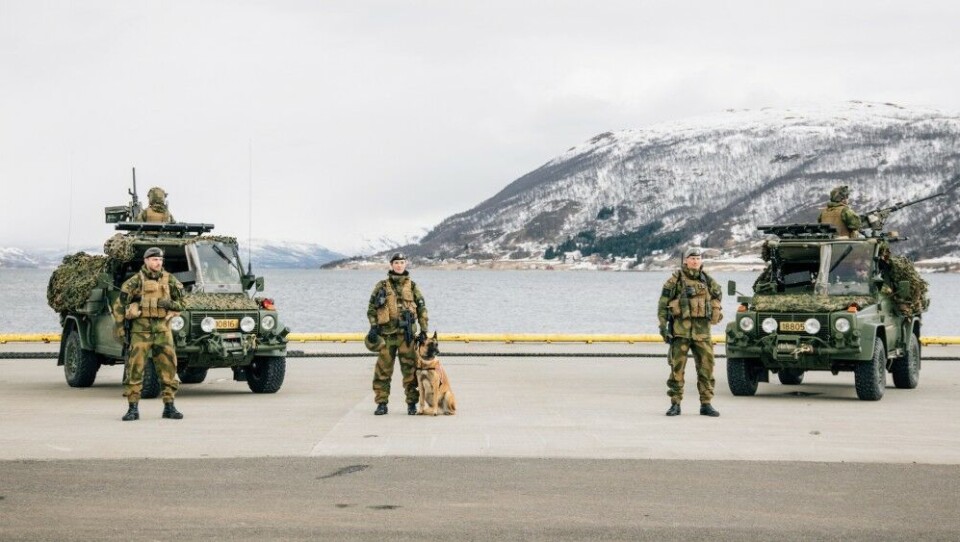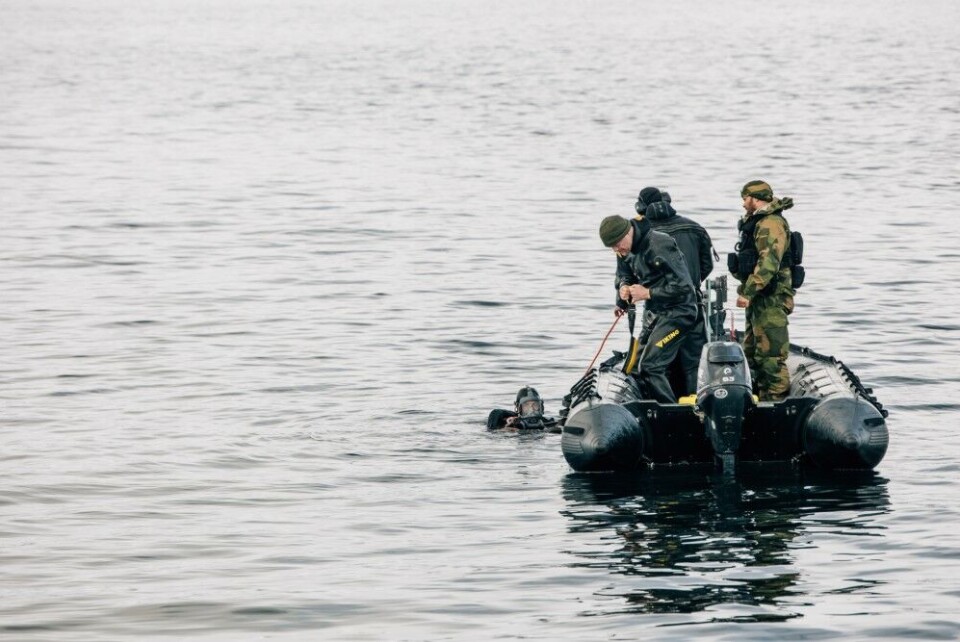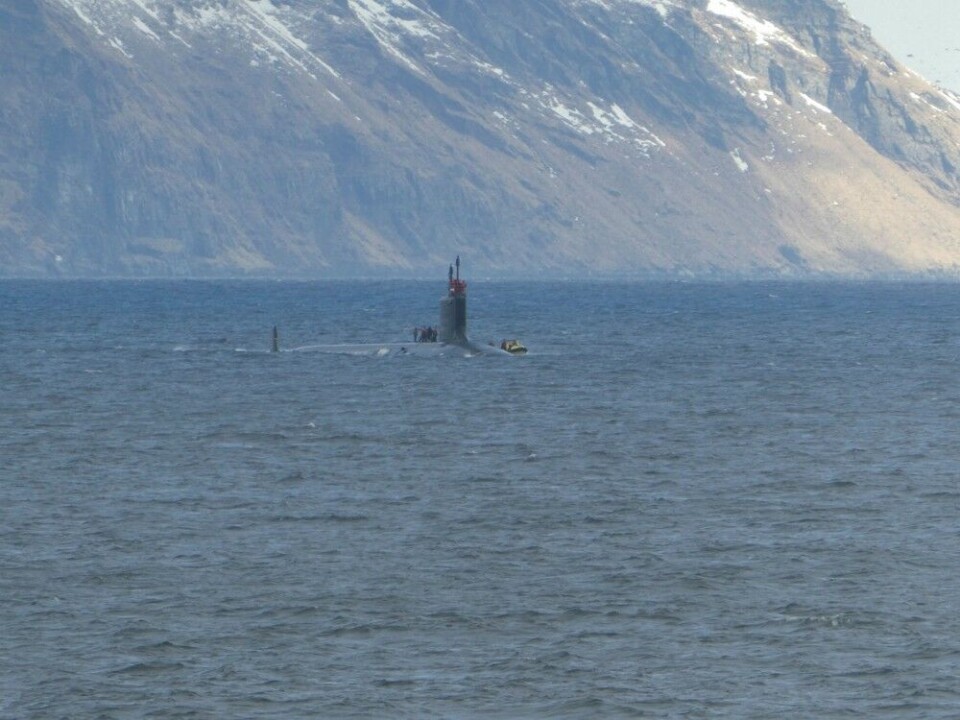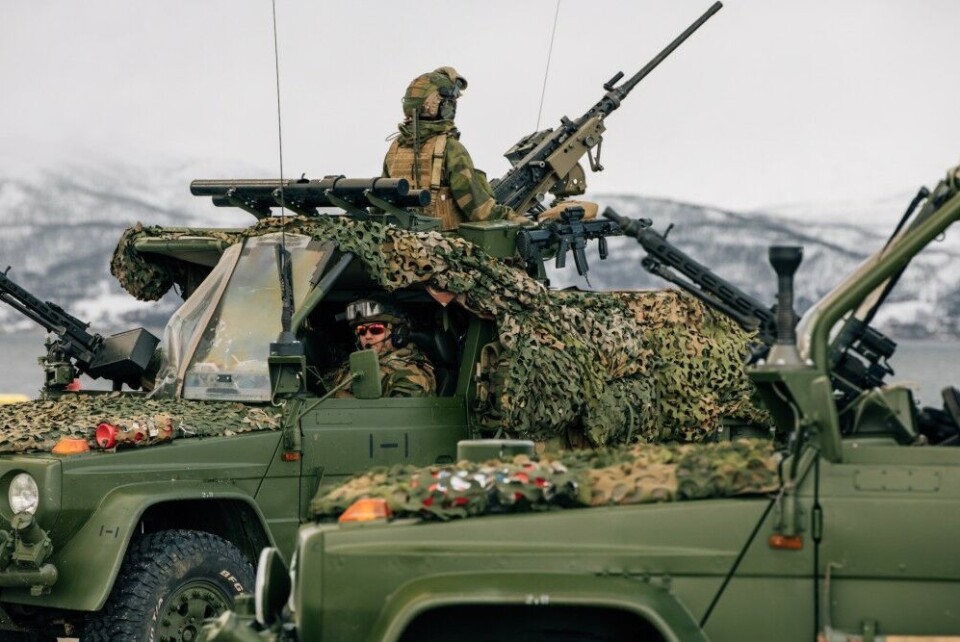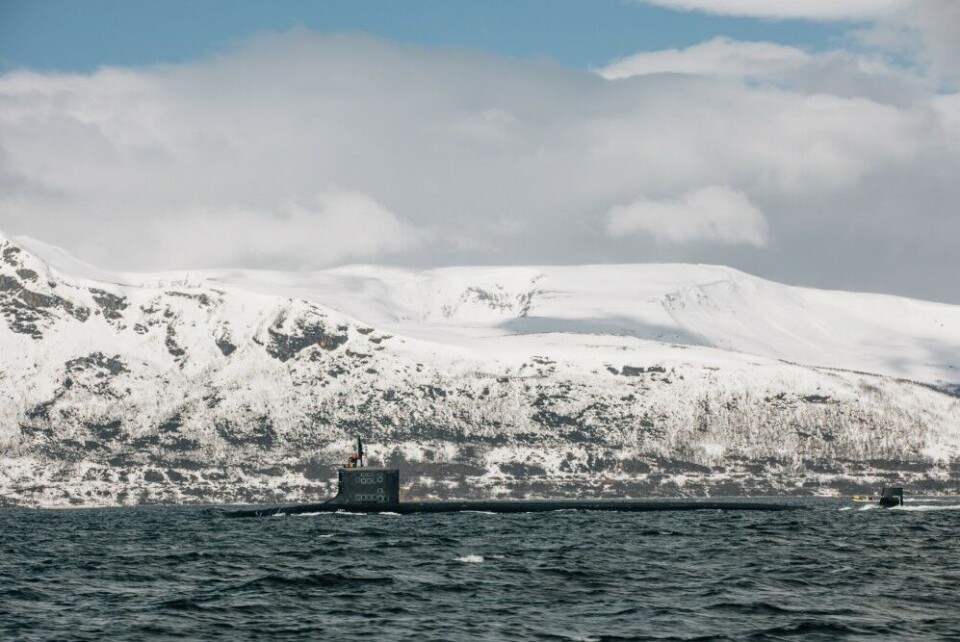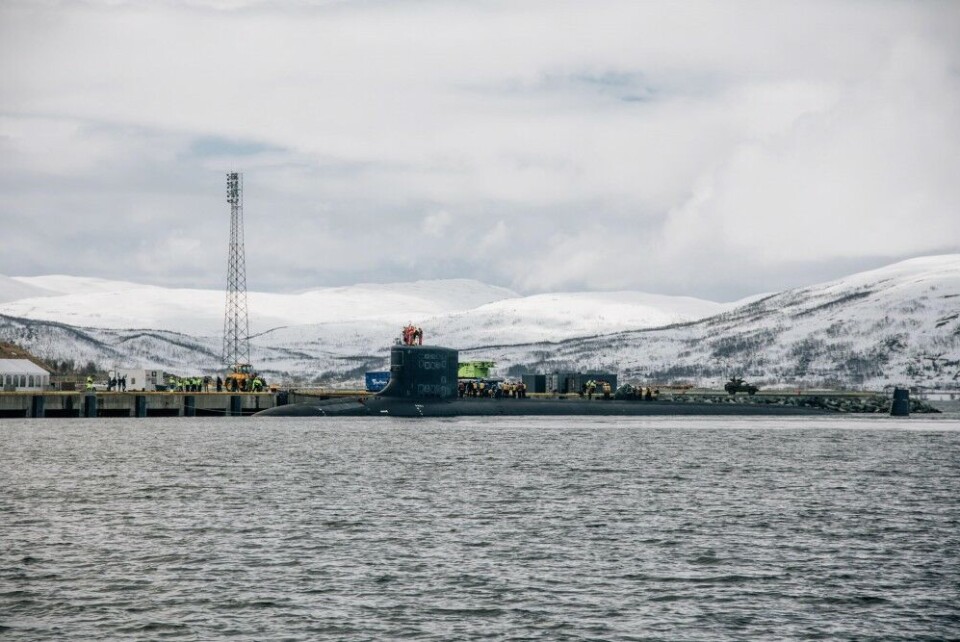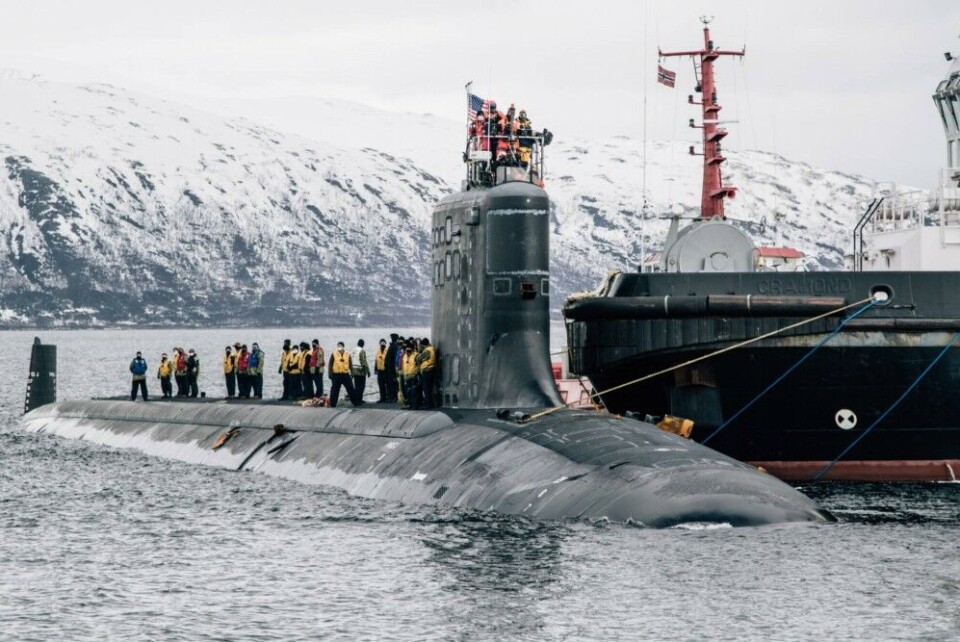
Tromsø makes ready for port call by U.S. Navy nuclear sub
No-fly zone activated for May 10 to 12 over the dedicated harbor where a U.S. Navy nuclear-powered submarine will make port call.
Moscow is unhappy and the municipality council in Tromsø has voted against allowing nuclear-powered submarines to make port calls.
However, Norway gives green light for the use of Tønsnes harbor facility just north of Tromsø for allied submarines with reactor propulsion. The new security situation in Europe, including in the north, requires closer naval cooperation between NATO members.
Keeping track of the Russian Northern Fleet’s submarines sailing out from the Kola Peninsula to the North Atlantic is a priority. On Friday, Russia’s by far most advanced nuclear-powered multi-purpose submarine, the “Kazan”, was finally handed over to the navy from the Sevmash shipyard who had spent nearly 12 years to built the vessel. Seven similar subs are currently under construction in Severodvinsk.
Typically, an American submarine on a mission in the Norwegian Sea would not want to sail all way south to Haakonsvern near Bergen or to a naval base in the United Kingdom to put on shore a crew member or pick up some new devices or supply. Surfacing near the area where the cat-and-mouse hunt with the Russians takes place saves time.
Norway’s Defense Minister, Frank Bakke-Jensen, argues that it is better and safer for a submarine to make a port call than to change crew in open waters.

In recent years, NATO submarines have been inshore Norwegian waters 3 to 4 times per month. The majority is up north, as previously reported by the Barents Observer.
Last August, the “USS Seawolf” conducted a brief stop in the fjord near Tromsø for personnel change before sailing out to waters inside the Arctic Circle.
The U.S. Navy operates three classes of multi-purpose submarines. The oldest and most numerous are the Los Angeles class subs from the 1980s, while the Seawolf and Virginia classes are more modern. In total, the U.S Navy operates 54 multi-purpose nuclear-powered submarines divided on naval bases on both the east coast and west coast, according to a 2016 report by the Norwegian Defense Research Establishment.
Eastcoast-based submarines are the ones most likely to appear inshore Norwegian waters. American ballistic missile submarines are not sailing outside the coast of northern Norway.
All American, British and French submarines have one reactor each.
Since the late 1980s, multi-purpose submarines have under normal circumstances not been sailing with any nuclear weapons on board. Norway’s self-imposed restrictions, aimed to calm down Russia, says no nuclear weapons can be onboard planes or warships visiting Norway.
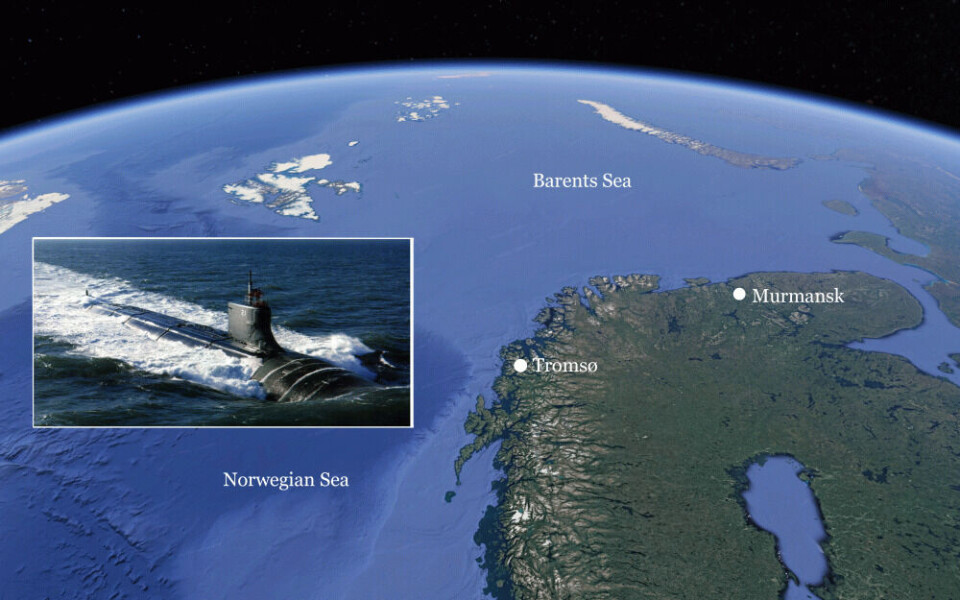
The first NATO submarine to visit Tønsnes port will arrive soon.
A NOTAM (Notice to Airmen) is currently activated for May 10 to 12 in a one nautical mile radius around the port facilities. The attached description says exemptions to the no-fly zone are made for medics-aviation, military, police, and search- and rescue.
If these precautions are activated because a nuclear-powered NATO submarine is expected Monday or Tuesday next week is not confirmed, but highly likely. Norway’s military officials don’t have a tradition for pre-announcing allied military moves. This time, however, the Armed Forces invite the media to attend a briefing “in regards to the arrival of an American submarine.”
The press-briefing takes place at the harbor on Sunday May 9th.
The Norwegian Radiation and Nuclear Safety Authority (DSA) has not replied to questions from the Barents Observer about the matter.
It is the DSA that is in charge of granting formal permissions for vessels running on nuclear power to enter inshore Norway. The Ministry of Defense grants permission for foreign warships to visit Norwegian ports.
